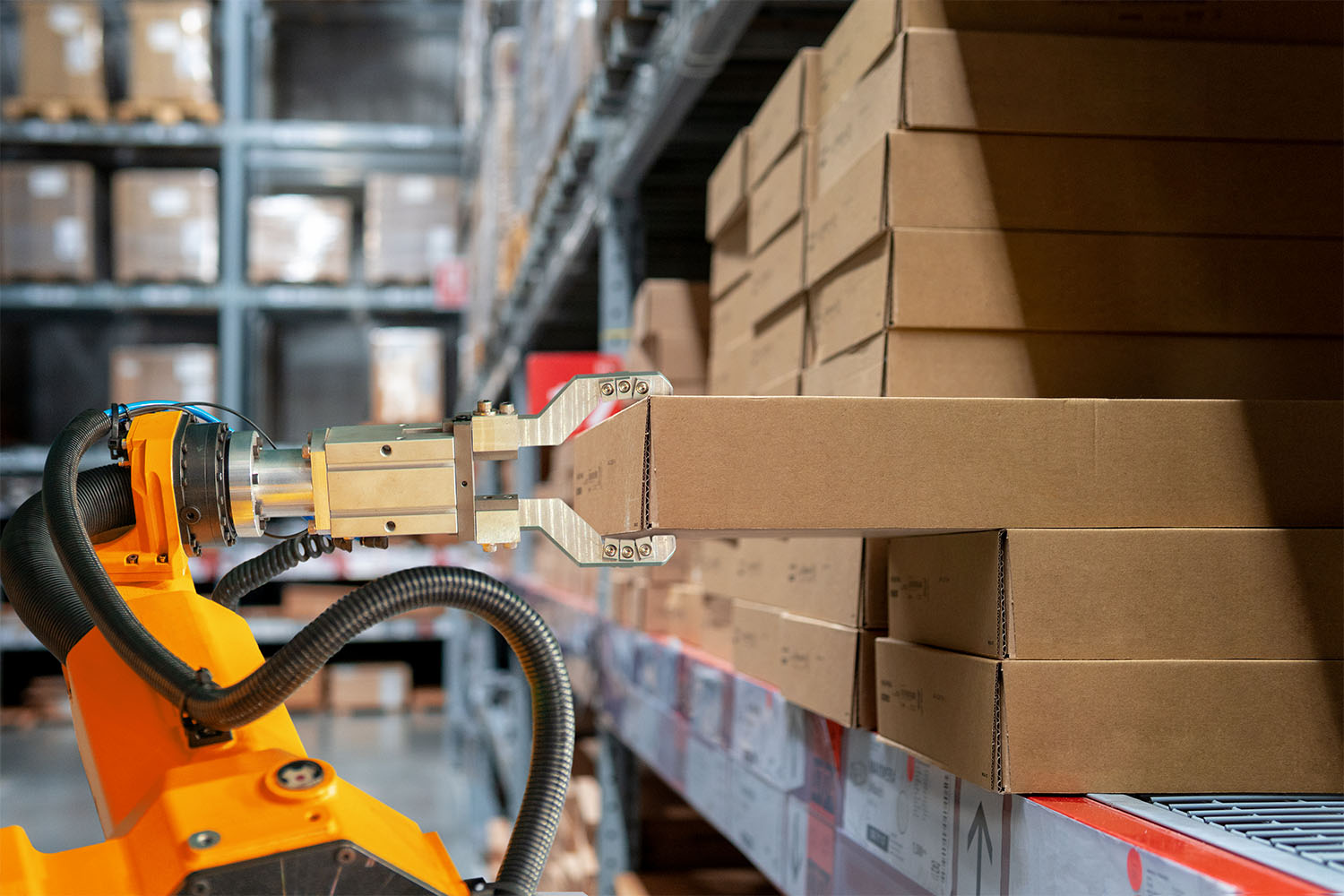What is the EU Digital Product Passport and who is it for?
Published on 21st October 2024
Ecodesign for Sustainable Products Regulation introduces traceability tool

Imagine buying a mobile phone with the possibility of accessing any information on its production chain, environmental impact, durability and repairability, all by simply framing a QR Code placed directly on it.
This is what Regulation (EU) 2024/1781 envisages. In addition to establishing new requirements for the eco-design of products, it introduces the digital product passport (DPP), a useful tool to trace product production chains and promote conscious purchasing choices.
The Ecodesign for Sustainable Products Regulation
On 18 July 2024, Regulation (EU) 2024/1781 – the Ecodesign for Sustainable Products Regulation (ESPR) – came into force. It was adopted in the context of the European Green Deal, the package of initiatives aimed at guiding the EU towards an ecological transition to achieve climate neutrality by 2050.
The regulation introduces a series of measures to promote a circular economy, establishing new requirements to improve the durability, reparability, reusability, recyclability and energy efficiency of products, while counteracting planned obsolescence practices.
Among its innovations is the introduction of the Digital Product Passport (DPP), an electronic tool that will allow up-to-date and detailed information on product characteristics to be collected and shared throughout the value chain.
The Digitial Product Passport
The digital passport will enable economic operators (such as manufacturers, importers, distributors and retailers) as well as other stakeholders (such as market surveillance and customs authorities) to enter data, update it and access it. In this way, companies will have a tool to enhance the value of their products, their quality and authenticity, and distinguish themselves from their competitors.
At the same time, the passport will help consumers make informed choices: simply scanning a QR code (or other data carrier) placed directly on the product will enable them to access useful information for an informed purchase.
By accessing this information, it will be possible to reconstruct the entire product chain, from production or importation to disposal. The passport will be linked to a system of unique codes identifying the product, the operator and the manufacturing site, thus enabling the traceability of the actors and production facilities involved.
The process outlined in article 13 of the regulation provides that the economic operator, responsible for placing the product on the market or putting it into service, must register the DPP in a digital register (to be set up by 19 July 2026 by the Commission), which in turn will automatically generate the unique identifiers and keep them over time.
The passport will be compulsory for all products, with exceptions for some specific groups - such as food, feed, medicines (human and veterinary), animals, plants and microorganisms, products of human origin and certain types of vehicles (subject to sectoral regulations) - or which could be exempted in special circumstances (that is, when no specific technical specifications for the DPP are available or if adequate systems for digital transmission of information are already in place at European level).
Depending on the complexity of the value chain and the environmental impact of the products in question, the passport will have to be specific to each individual article, batch or product model.
The European Comission's implementing power
To date, the regulation is not yet effectively binding on companies, as it merely establishes a general regulatory framework, without introducing specific requirements.
For it to become so, it will be necessary to await the European Commission's implementation. The Commission is called upon to dictate the specifications of the regulation through delegated acts, to which economic operators will have to align themselves within the following 18 months. In doing so, in addition to prioritising specific product groups – such as iron, steel, aluminium, textiles, furniture, tyres, detergents, paints, lubricants, chemicals, energy-related and electronic products – the Commission will have to consider a number of key aspects.
In particular, it will have to establish::
- which parties (including customers, manufacturers, importers, distributors, resellers, professional repairers, independent operators, reconditioners, remanufacturers, recyclers, market surveillance and customs authorities, civil society organisations, trade unions and other interested parties) will be able, with different access rights, to view, enter, amend or update the information;
- which information should and which can be included in the DPP. In this respect, the ESPR specifies that personal data relating to customers may not be stored in the PLR without their explicit consent;
- for how long the passport must be made available. The regulation provides that, during this period, the passport will be retained by the economic operator responsible for its creation or by the DPP service providers involved in the creation, authentication, processing and storage of the data.
In addition, the Commission, pursuant to article 14 of the regulation, will create a web portal that will make the data contained in the DPPs accessible to stakeholders, who, by accessing it, will be able to search and compare the information contained in the DPPs.
Osborne Clarke comment
The DPP – which is part of the framework established by the ESPR for a more sustainable and circular economy – will, therefore, be a useful tool not only to improve the traceability of the production chain, but also to enable consumers to make more informed purchasing decisions and to combat the spread of counterfeit products.
The DPP will reduce the distances between consumers, producers and, more generally, between all those involved in the product chain, enabling them to "talk to each other".
Thus, manufacturers and importers will be able to turn the obligation to have the PLR to their advantage, as a tool to communicate the authenticity and sustainability of their product to the public, increasing their competitiveness on the market.





